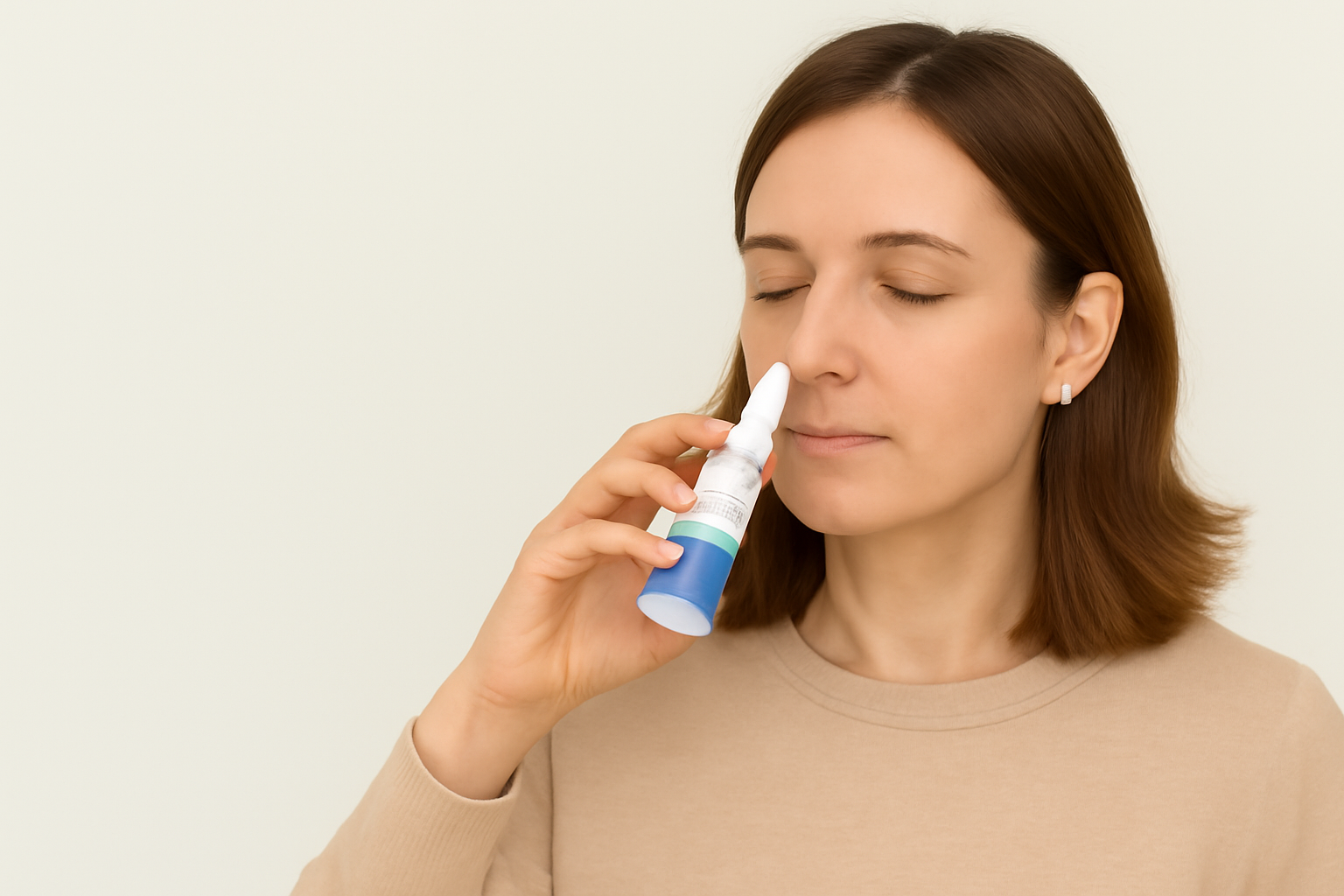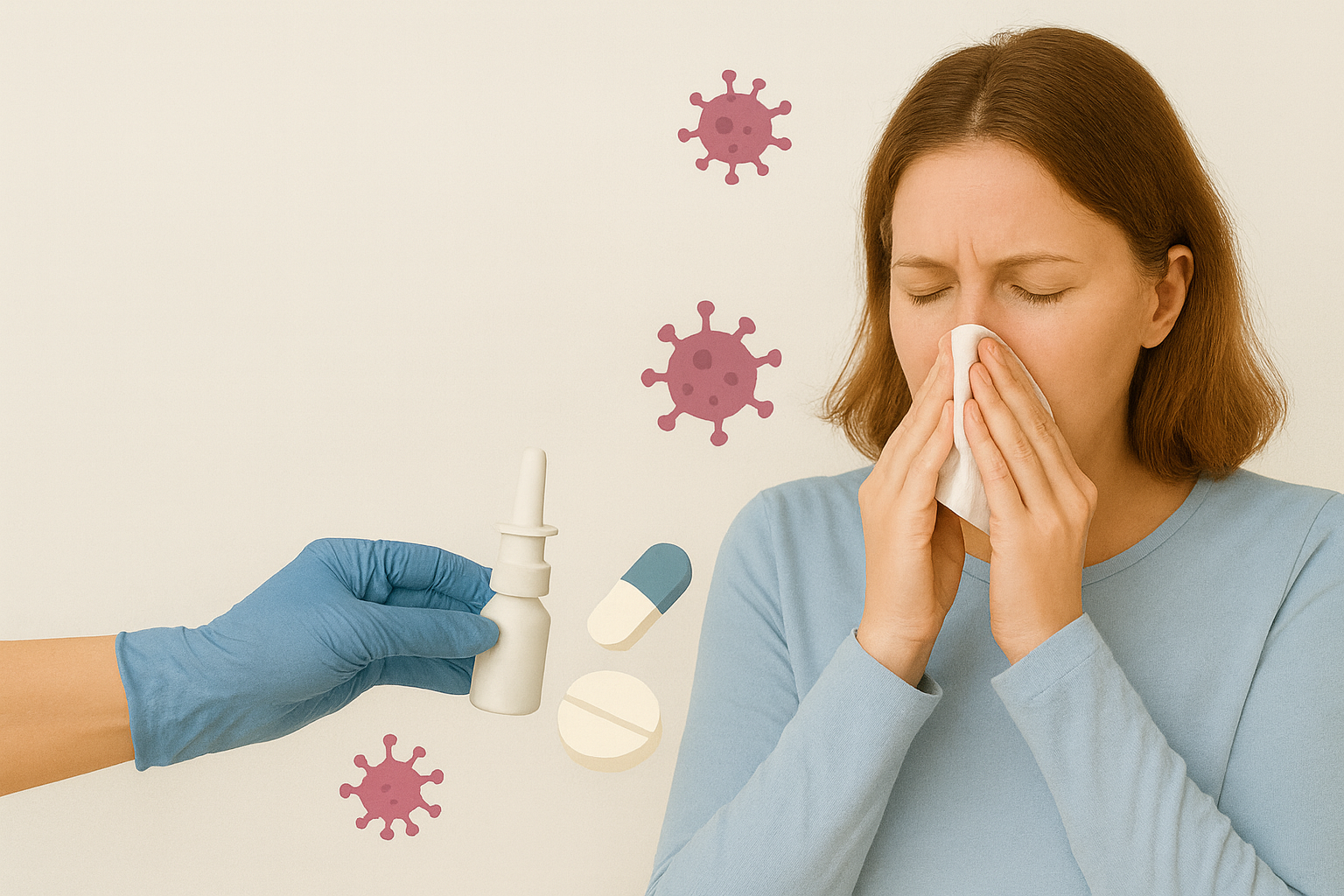Why Oral Rinses Matter
The oral cavity is a known reservoir for SARS-CoV-2. Procedures like crown placements, impressions, or implant surgery can aerosolize saliva, potentially exposing clinicians and staff. While guidelines have encouraged rinses before treatment, clinical data on effectiveness against SARS-CoV-2 has been limited.
However, in vitro studies have shown that even low concentrations of PVP-I (as low as 0.23%) can inactivate similar viruses (SARS, MERS) within 15 seconds of contact. This positions PVP-I as a logical candidate for reducing viral load in the mouth prior to dental procedures.
Recommended Protocol for Clinical Use
In the absence of commercially available products designed for oral SARS-CoV-2 protection, the authors recommend a simple in-office dilution method:
- Mix 0.5 mL of 10% PVP-I with 9.5 mL of sterile water or saline
- Result: 0.5% PVP-I oral rinse
- Patients should rinse for at least 30 seconds before procedures
This approach is currently being used at their clinic and is well tolerated by patients.
Who Should Avoid It?
While safe for most, PVP-I mouth rinses are not recommended for:
- Patients with iodine allergies
- Pregnant individuals
- Those with active thyroid disorders
- Patients undergoing radioactive iodine therapy
At the 0.5% concentration, iodine absorption is minimal and remains below the daily recommended intake for healthy adults.
Final Thought
Povidone-iodine is not a replacement for PPE—but it adds an extra layer of protection. Especially in aerosol-heavy procedures, a quick pre-procedural rinse with PVP-I may help reduce viral shedding and transmission risk.
As dental offices continue to adapt to new safety expectations, simple, science-backed solutions like PVP-I oral rinses offer low-cost, high-reward benefits—not just for prosthodontists, but for all oral healthcare providers.






.png)